Stephanie S: I really enjoyed the overall design of her blog, it is very creative. I felt that her information was good and I like the pictures. Unfortunately, I could not get all of her pictures to load on my computer though, but I'm sure they were nice. I thought that her modern application photo of the stairs with the iron railing, was right on point for this time period.
Karri C: Her blog was so informative for this period, I really felt like I learned something from reading her post. Her photos fit nicely with the applications that she was describing, and I really thought that her modern day application photos were great. The VW beetle was a really neat use of wrought iron.
Sunday, March 22, 2015
Saturday, March 21, 2015
The Spanish Renaissance
The 16th Century was a wonderful time for Spain. The Spanish royals, Ferdinard and Isabella, led the exploration of the new world, as Columbus traveled the seas and discovered America, giving them the rights to the land. Navigation and trading routes around the world resulted in large amounts of gold and silver bouillon. All of this led their kingdom to be at the height of power in the middle of the century.
Art and architecture of this time were influenced by the Moorish, Early Christian, Medieval, and Italian Renaissance. Italian craftsmen were in great demand, as the created such wondrous buildings and art, other countries asked for their patronage to improve their own countries.
Spain had something special about it, there were two different schools of art that were popular. The Moors from Africa had one design style, while the Spanish Christian groups had another. The Moors were a group whose art included; supreme ornamentalism, naturalistic representation was forbidden, it was color, exuberant, and fancy, and they were expert wood workers. However, in 1607 the Moors were ex-pulsed from Spain, which was a great loss to the world of art and craftsmanship.
Extra Credit: This video explains more about the expulsion of the Moors.
https://www.youtube.com/watch?v=TMAfXUiLw-c
Architecture:
Alhambra, Granada built in 1354, was the last palace created by the Moors. It has numerous courtyards, with fountains, gardens and reflecting pools.
La Mota Castle was built by the noble Christian families. There are more castles in Spain than in any other European country, I think that really says something about the image that these royals wanted to create for themselves.
Many cathedrals were also built during this time period, including the Granada Cathedral and the Cathedral of Seville.
Current Applications:

Art and architecture of this time were influenced by the Moorish, Early Christian, Medieval, and Italian Renaissance. Italian craftsmen were in great demand, as the created such wondrous buildings and art, other countries asked for their patronage to improve their own countries.
Spain had something special about it, there were two different schools of art that were popular. The Moors from Africa had one design style, while the Spanish Christian groups had another. The Moors were a group whose art included; supreme ornamentalism, naturalistic representation was forbidden, it was color, exuberant, and fancy, and they were expert wood workers. However, in 1607 the Moors were ex-pulsed from Spain, which was a great loss to the world of art and craftsmanship.
Extra Credit: This video explains more about the expulsion of the Moors.
https://www.youtube.com/watch?v=TMAfXUiLw-c
Architecture:
Alhambra, Granada built in 1354, was the last palace created by the Moors. It has numerous courtyards, with fountains, gardens and reflecting pools.
| Exterior of Alhambra |
 |
| One of the gardens and fountains, using the geometric shapes that the Moors were well known for. |
 |
| Another Alhambra garden with a reflecting pool. |
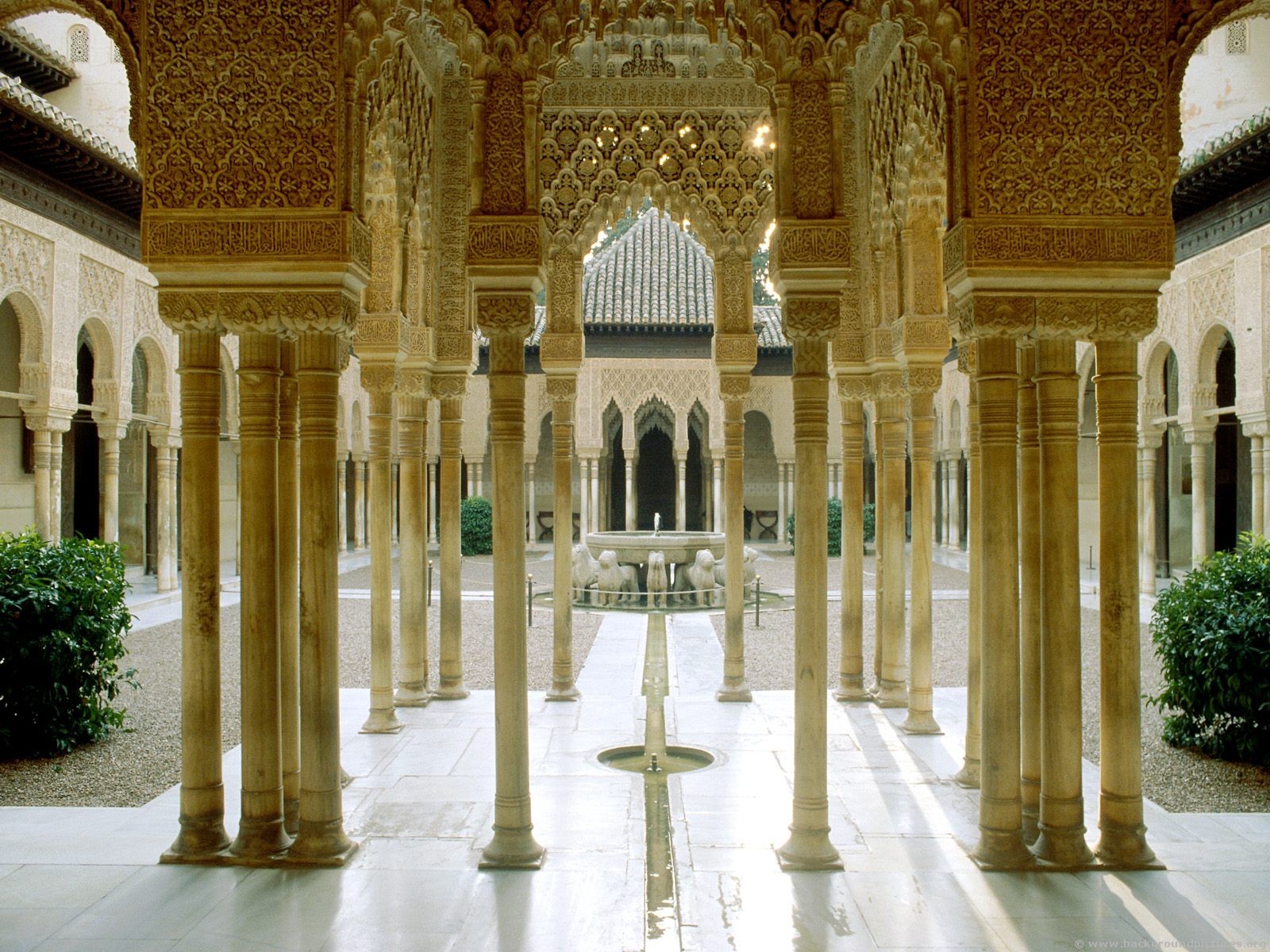 |
| The Court of Lions |
La Mota Castle was built by the noble Christian families. There are more castles in Spain than in any other European country, I think that really says something about the image that these royals wanted to create for themselves.
 |
| La Mota |
 |
| Patio interior in La Mota |
Many cathedrals were also built during this time period, including the Granada Cathedral and the Cathedral of Seville.
 |
| Granada Cathedral |
 |
| Granada Cathedral interior |
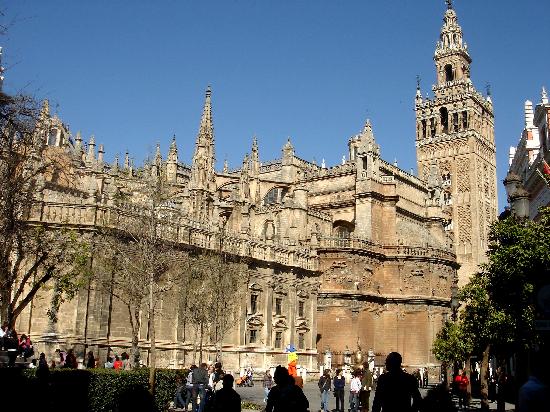 |
| The Cathedral of Seville |
Current Applications:
 |
| Current day Mediterranean home, with Spanish Renaissance inspirations |
 |
| Another Mediterrean home with gardens and reflecting pools, like those found at Alhambra |

 |
| Spanish style grill-work window boxes |
Sunday, March 8, 2015
Peer Reviews: 3/8/2015
Sammy: Her blog included a nice mix of a lot of information about the Italian Renaissance. I especially enjoyed the information about the Palazzos and the interior images of the Palazzos, they were decorated beautifully. Another thing that I really liked was the current application image of the kitchen, I would love for the kitchen in my future home to look just like that.
Allysia: I would have liked to see some more information. I felt that her blog was slightly lacking information about this period, the images were nice but descriptions of them would have been helpful. The first image of current application does not actually seem to be a current application, it just looks like it was actually a period interior. The second current application image is beautiful, however I'm not sure how exactly it applies to the Italian Renaissance period?
Allysia: I would have liked to see some more information. I felt that her blog was slightly lacking information about this period, the images were nice but descriptions of them would have been helpful. The first image of current application does not actually seem to be a current application, it just looks like it was actually a period interior. The second current application image is beautiful, however I'm not sure how exactly it applies to the Italian Renaissance period?
Saturday, March 7, 2015
Italian Renaissance
The Italian Renaissance was a period of rebirth of architecture and various art forms. The movement began in Florence, Italy and lasted from around 1400-1600 A.D. Classical forms were refined and adapted for new uses, and one of the main goals of this period was to furnish the beautiful Gothic and Romanesque interiors that had been created in the past.
There was a shift from a religious emphasis to more of a secular emphasis in life, because the Roman Catholic church had become very powerful and corrupt. The church had played an important role in the feudal system (based on the allegiances between lords and vassals). However, the Renaissance brought about a new way of thinking, based more on monetary values than on prior allegiances.
Extra Credit: This link does a nice job of describing that shift from a religious system to a secular system. It also has information about many other aspects of the Italian Renaissance period.
http://www.all-about-renaissance-faires.com/renaissance_info/catholic_church_in_the_renaissance.htm
Daily life became more about client based relationships. Artisans were hired on a long-term basis to create works of art, architecture, and furniture. Some of the most well known artists of all time were creating their works during this period. Those included Brunelleschi, Michelangelo, Donatello, Da Vinci, and Raphael, just to name a few. The art and architecture had an emphasis on the horizontal and symmetry. Art was very humanistic in nature and often consisted of human figures and scenes of human life or stories of the Bible and the Heavens.
 |
| Michelangelo's Last Judgment; 1537-1541; Fresco; Sistine Chapel, Vatican |
 |
| Donatello's High Altar of St. Anthony; 1447-1450; Bronze; St. Antonio Basilica, Padua |
Comfort, convenience and beauty became important to people, rather than safety, strength and protection. Everyone, from the rich to the poor, enjoyed art and residential design became popular. The most well known form of residential architecture from this time is the Palazzo. The Palazzo focused on repetition, alternation and progression. The defining features of Palazzos include; three divisions, compound windows, and a heavy projected cornice.
 |
| Palazzo Nuovo, Capitoline Hill, Rome, Italy |
They also had an interior courtyard, like those seen in the Roman domus. There were no hallways, living was down on the 2nd and 3rd floors, as the 1st floor was often where business was conducted.
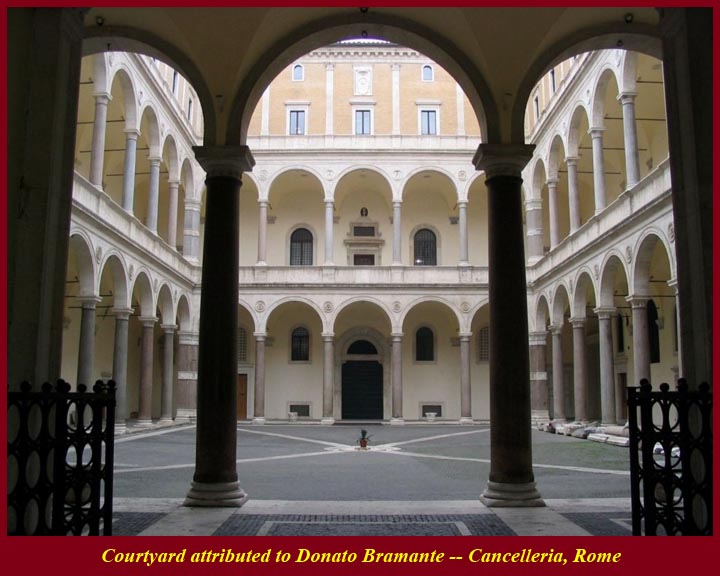 |
| Interior Courtyard |
Current Day Application:
 |
| Interior Courtyard in modern home |
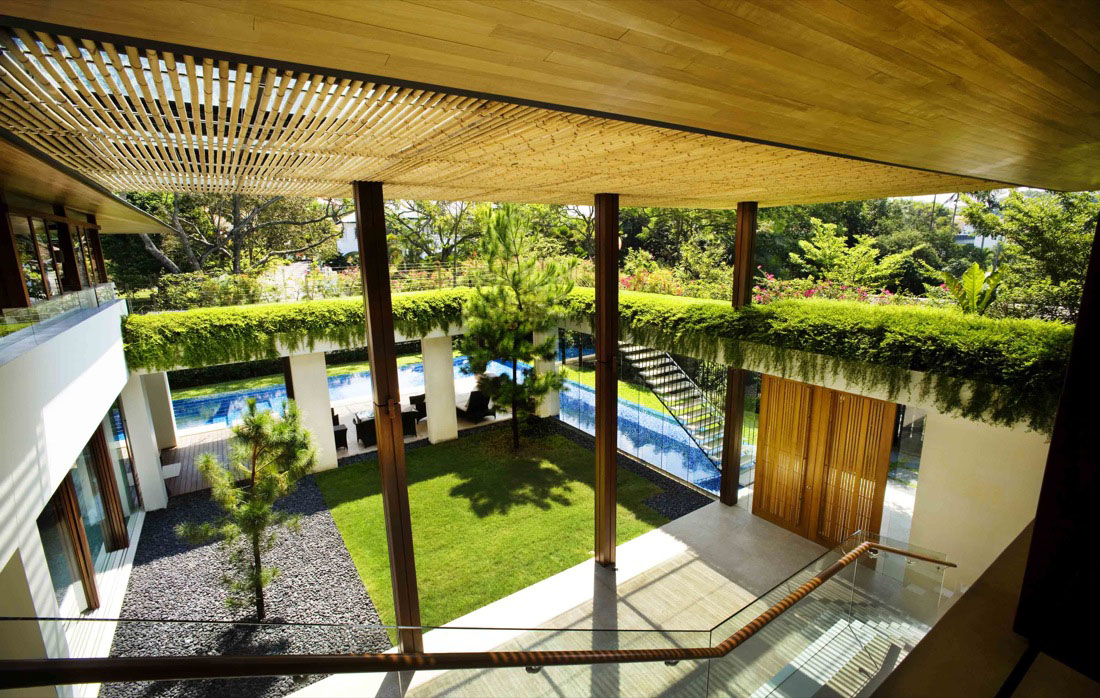 |
| Interior Courtyard in modern home |
 |
| Modern home with elements of the Renaissance Palazzo Heavy cornice, divisions |
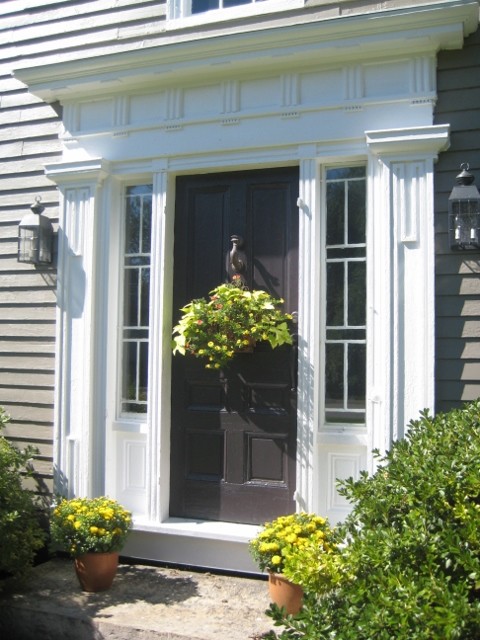 |
| Heavy Cornice style entrance |
Sunday, March 1, 2015
Peer Reviews: The Americas
Cally: Her blog was so informative! I like that she focused on just the Aztecs, because she had such wonderful information about this group of people. When she talked about the pyramids, it actually answered a question that I had thought of in class but forgot to investigate myself. It was about whether or not they used their temples as tombs for the emperors, like the Egyptians did, but I found out, from her information, that they did not. I also really liked her in-text links, they had some great examples. Overall, Cally has the most informative blog that I have looked at so far and makes me want to strive to make mine better.
Alecia: I thought she did a great job of explaining a little bit about each of the cultures of the Americas. Her images were nice of each location and her images of current day applications were good as well. I especially liked the rug with trapezoids on it.
Alecia: I thought she did a great job of explaining a little bit about each of the cultures of the Americas. Her images were nice of each location and her images of current day applications were good as well. I especially liked the rug with trapezoids on it.
Subscribe to:
Posts (Atom)